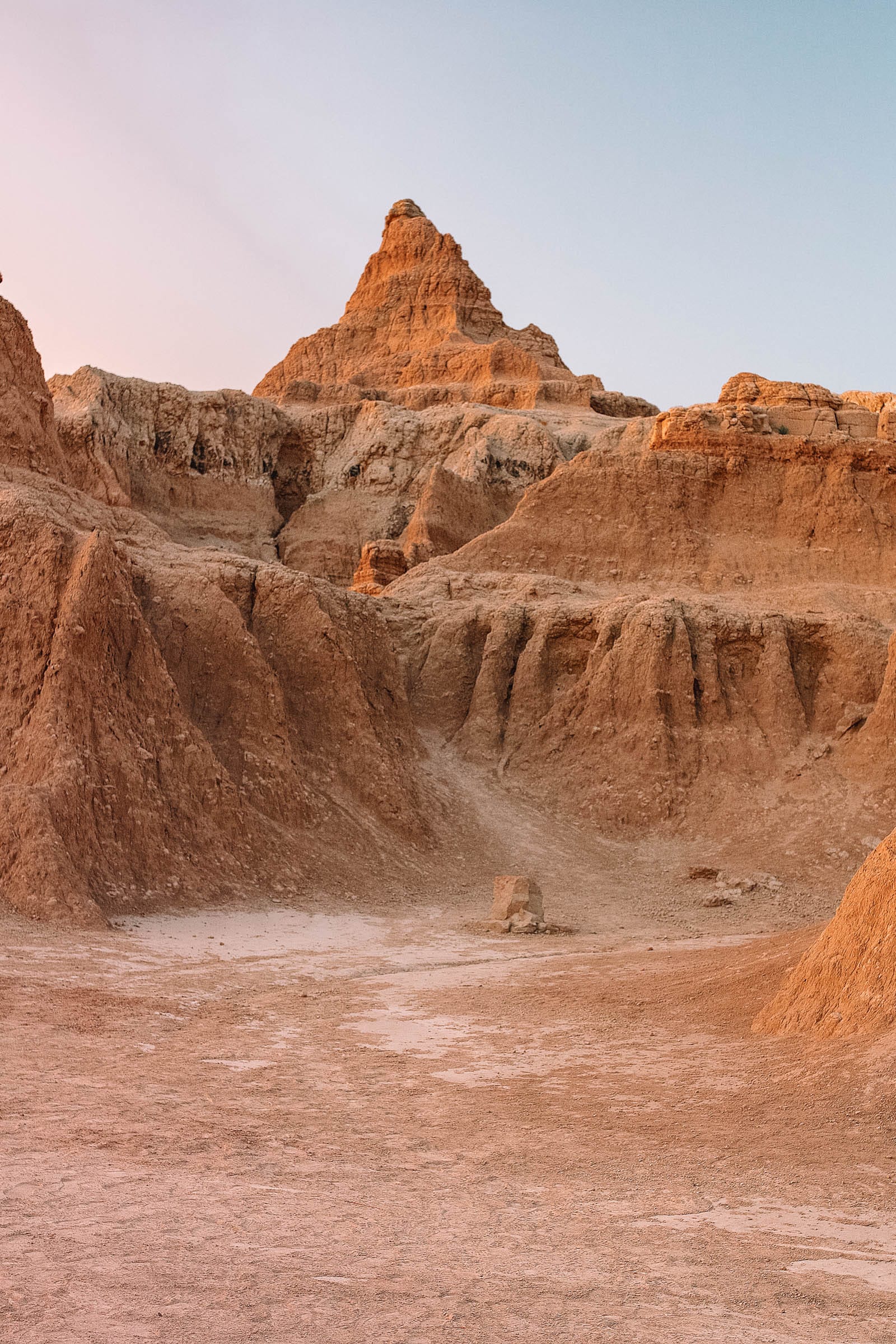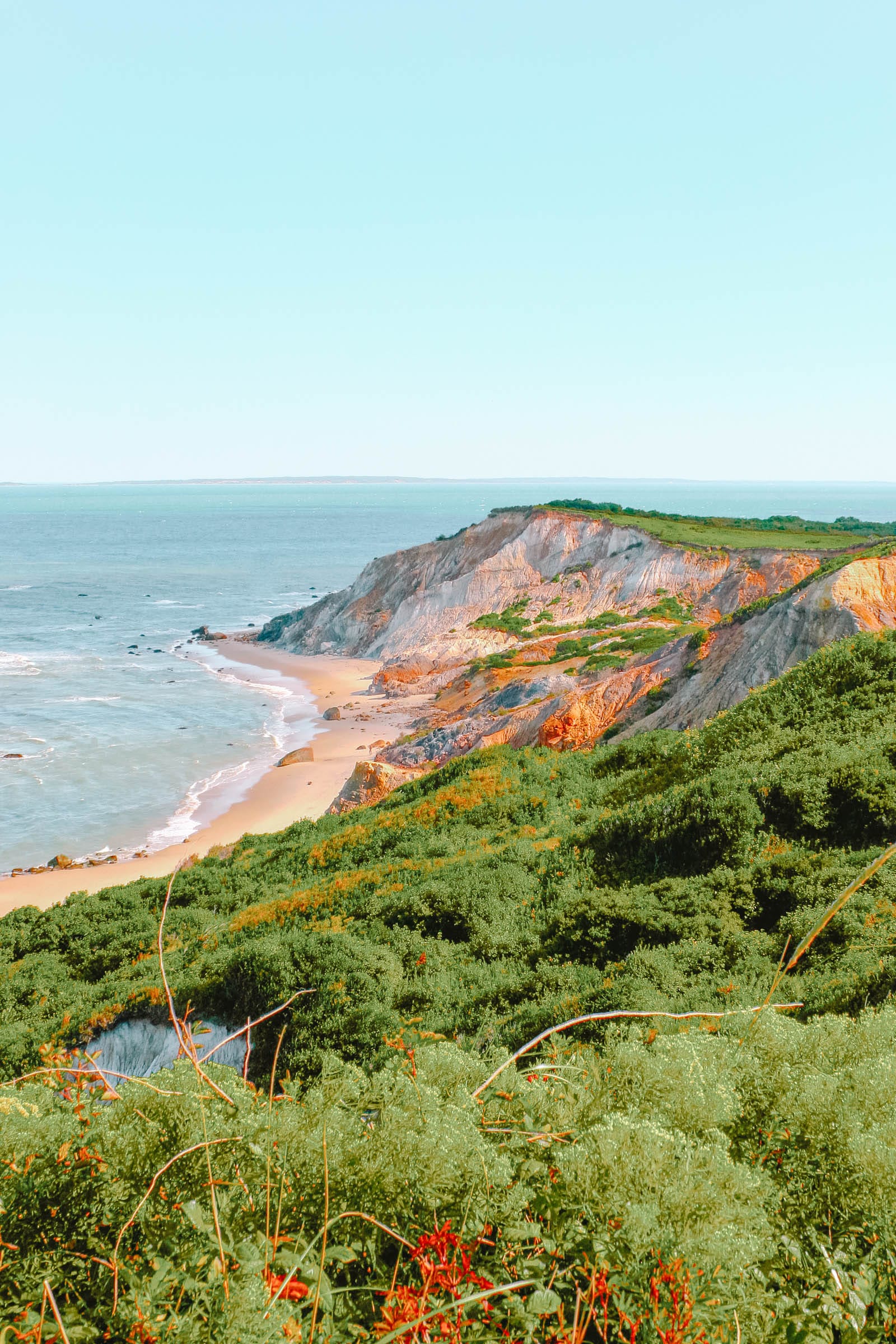Summary
Affectionately referred to as the City of the Argonauts, Volos holds a significant place in Greek mythology, serving as the point where Jason embarked on his quest for the Golden Fleece aboard the Argo.
In homage to this legendary figure, a replica of an ancient Trireme ship is docked at the city’s port.
As a contemporary industrial port city, Volos may also serve as your point of departure for ferries heading to the enchanting islands of Skopelos, Skiathos, and Alonissos.
Volos possesses a rich history of its own, tracing back to the Neolithic settlements of Dimini and Sesklo, which were among the most advanced communities in Greece approximately 6,000 years ago.
The archaeological findings from these sites are curated at the city’s Archaeological Museum.
To the north, Mount Pelion stands as a constant presence, offering access to hillside villages nestled in lush forests, along with some of the finest beaches on the mainland of Greece.
Let us delve into the top activities in Volos:
1. Athanasakeion Archaeological Museum of Volos

This museum houses a valuable collection of artifacts from the Geometric period, dating from 900-700 BC, a time resonant with legends such as the Trojan War and Jason and the Argonauts.
Numerous finds from the Neolithic settlements of Dimini and Sesklo are displayed here, including terracotta figurines, jewelry, and stone tools.
Additionally, complete burials from the Mycenaean period have been preserved, showcasing skeletons accompanied by their offerings.
Among the exhibits are Hellenistic funerary steles from Dimitriada, around the Pagasetic Gulf, adorned with vibrant remnants of paint, as well as reliefs from the early Christian and Byzantine periods.
2. Tsalapatas Museum

A significant representation of Volos’ industrial growth in the 20th century, the Tsalapatas Museum is located in a roof tile and brickworks established in the 1920s by Spyridon and Nikolaos Tsalapatas. At its peak, this factory produced up to nine million tiles (in both Byzantine and French styles) along with bricks of various sizes annually.
After ceasing operations in the 1970s, the site has preserved its Hoffmann kiln, trolleys, compressors, clay silos, dryers, and cutters, with the museum officially opening its doors in 2006. Visitors can step inside the Hoffmann kiln, which operated incessantly, except for two interruptions: during Greece’s Nazi occupation and following the 1955 earthquake.
3. Dimini Archaeological Site

Located west of Volos, the remnants of a Neolithic village can be found, which was first settled approximately 4800-4500 BC. The structures were architecturally constructed from mud bricks atop stone foundations.
Designed according to a social hierarchy surrounding a central square, Dimini features a sophistication in urban planning that distinguishes it from contemporary settlements.
Moreover, Dimini’s inhabitants experienced a remarkable degree of privacy in their residences, as cooking was conducted indoors, contrary to the customary outdoor methods.
Each house is separated by walls, a rarity in other Middle Neolithic settlements.
During excavations within House N, a ceramic pot was unearthed containing the remains of a child, indicative of a prehistoric burial.
Nearby, visitors can find a tholos (beehive) tomb originating from a subsequent Mycenaean settlement.
4. Sesklo Archaeological Site

For those seeking additional prehistoric archaeology after visiting Dimini, Sesklo awaits further west in the countryside.
At Sesklo, one can discover the Sesklo Civilization, regarded as the first Neolithic culture in Europe, with artifacts dating back to between 7510 and 6190 BC. This site illuminates the lives of people engaged in agriculture and animal husbandry, equipped with sophisticated tools crafted from stone and obsidian, along with proficient pottery-making techniques.
In addition to its historical importance, Sesklo boasts a scenic location, flanked by two streams on Kastraki Hill, providing sweeping views of the surrounding countryside.
This settlement once spanned an area of 20 hectares and could accommodate a population of up to 5,000 inhabitants; however, it was ultimately torched around the 5th millennium BC, after which habitation was limited to the hilltop or acropolis.
5. Mount Pelion

In Volos, visitors are ideally situated to explore the spectacular landscapes of Mount Pelion.
This mountainous region contains 24 villages, each featuring distinctive “Pelian” houses constructed from green, blue, or grey slate, complete with painted wooden window frames and doors.
The area entices visitors to embark on scenic drives through gorges, waterfalls, and orchards producing plums and firiki, a small oval-shaped apple of Egyptian origin.
Mount Pelion is steeped in Greek mythology, being recognized as the residence of Chiron the Centaur and the venue for the marriage of Thetis and Peleus, events that eventually precipitated the Trojan War.
If you are inclined to venture further, you can find some of mainland Greece’s finest beaches located along the Aegean under the eastern slopes of Pelion.
Enclosed by pine-clad cliffs, the beaches at Agioi Saranta and Mylopotamos are truly remarkable.
6. Portaria

A short drive north of Volos reveals the charming village of Portaria, situated on the slopes of Mount Pelion.
Overlooking the Pagasetic Gulf at an elevation of 650 meters, Portaria was established around the Monastery of Panagia in the 1200s.
The village is enveloped in greenery, boasting an abundance of deciduous trees, orchards, gardens, and vibrant flowers gracing its streets.
The slopes are dotted with mountain streams and waterfalls, offering a captivating sight following rainfall.
Portaria’s architectural allure is defined by its magnificent mansions, featuring colorful window frames and doorways that exemplify Pelian style.
Be sure to visit the rustic wooden Monastery Church of Panagia Portarea, adorned with vivid frescoes dating back to the 16th century.
7. Centaurs’ Path

According to Greek mythology, Mount Pelion served as the territory of Chiron the Centaur, a distinguished tutor to heroes such as Heracles, Achilles, Jason, and Theseus.
Drawing inspiration from these narratives, one can explore the Centaurs’ Path, an inviting hike departing from the village of Portaria. This trail spans across mountain streams, interconnected by charming wooden bridges amidst lush green landscapes adorned with beech, plane, chestnut, oak, and maple trees.
Occasionally, glimpses of the Pagasetic Gulf and Volos can be seen through the foliage below.
8. Pelion Railway

The narrow-gauge railway connecting Volos to Milies in South Pelion was established in 1903 and continued operations until 1971 when it was discontinued for cost-reduction purposes.
However, in 1996, the stretch from Ano Lechonia, located ten kilometers east of Volos, to Milies commenced operations as a heritage railway.
Trains run on weekends from mid-April to the end of October, as well as daily during July and August.
Traveling at a leisurely pace of 20 km/h, the train traverses the verdant landscapes of Pelion, enveloped by oak and olive trees, while providing panoramic views of the Pagasetic Gulf.
The journey lasts for 90 minutes, and just prior to reaching Milies station, passengers cross the remarkable De Chirico Bridge. Interestingly, while the bridge is straight, the tracks curve across it.
Visitors can enjoy lunch in Milies and explore the village before returning on the afternoon train.
9. Anavros Park

Upon exiting the Archaeological Museum, visitors can take a leisurely stroll along this picturesque seafront park.
Anavros Park was the site of a sculpture symposium in 1988, resulting in a collection of whimsical concrete and metallic sculptures resembling trees, positioned adjacent to the water.
Additionally, a skatepark can be found here, and if you continue along the promenade heading east, you will eventually reach Anavros Beach.
This beach proudly flies the Blue Flag and is home to four nearby cafes and restaurants, catering to those seeking a few tranquil hours in the sun.
10. Alikes Beach

A short drive southwest from the heart of Volos leads to a long sandy beach situated in a relaxed environment filled with bars and restaurants.
The beachfront at Alikes is segmented by breakwaters, forming shallow, transparent waters where children and less confident swimmers can safely wade and play.
Although somewhat narrow, the beach is occupied by sun loungers and parasols, while various bars located behind offer waiter service.
For a picturesque photo opportunity, consider taking a walk to the end of one of the breakwaters to capture views of Mount Pelion across the Pagasetic Gulf.
11. Agiou Konstantinou Park

With dark, undulating mountains framing the horizon, the Pagasetic Gulf captivates visitors with its stunning vistas.
Thankfully, adjacent to the University of Thessaly, a newly renovated park features benches where one can enjoy the breathtaking views.
The park comprises lush lawns, particularly vibrant in autumn, winter, and spring, along with rows of pines, palms, and deciduous trees.
A long and straight seafront promenade allows for leisurely strolls, making it an ideal path to walk off lunch or to reach the Archaeological Museum, just a few minutes away.
12. Hill of Goritsa

A natural ridge situated above the eastern side of Volos, the Hill of Goritsa rises to an altitude of 200 meters.
One compelling reason to ascend this location is to admire the panoramic view encompassing Volos, its bay, the Pagasetic Gulf, and Mount Pelion.
Moreover, there exists ancient historical significance; in the 4th century BC, Philip II of Macedon established a city here capable of supporting up to 5,000 inhabitants.
At that time, a wall stretched along the ridge for nearly three kilometers, guarded by 33 towers.
At the summit, the ruins of the acropolis remain visible, while in a nearby cave close to the Church of Zoodochos Pigi, the ancient inscription “Dios Milichiou” has been discovered within the rock, indicative of the reverence for Zeus in the city.
13. Castle of Volos

In the historical district of the western part of the city, traces of a formerly formidable fortress are still discernible.
The Castle of Volos was constructed on Palaia Hill during the reign of Emperor Justinian in the mid-6th century AD. Although the castle was dismantled in 1889, sections of both the eastern and western walls endure, standing at a height of seven meters.
Though the remnants may not appear impressive at first glance, dedicating a few moments to contemplate the grandeur this structure possessed during Justinian’s era can be rewarding.
14. Theofilos Museum of Anakasia
Located in the village of Anakasia, less than five kilometers from Volos, stands the Kontos House.
This three-story edifice, dating back to 1835, showcases Byzantine architectural style with a rectangular ground plan.
Its significance lies in the interior, where the renowned folk artist Theophilos Hatzimihail adorned the space with vibrant, naive frescoes depicting landscapes, battle scenes, wildlife, biblical figures, flowers, and herbs in the early 20th century.
15. Tsipouradika

In terms of dining experiences, Volos possesses a unique culinary culture.
Throughout the city, one will encounter Tsipouradika, establishments named after the regional spirit, Tsipouro, a brandy derived from the pomace leftover from winemaking.
The origin of Tsipouradika dates back to the 19th century, serving as communal spaces for industrial workers who needed venues to relax during their lunch breaks.
After the Greco-Turkish War in the early 1920s, these places were enriched by the culinary traditions of Anatolian refugees who brought their own dishes.
Still thriving more than a century later, Tsipouradika maintain a vibrant atmosphere with spontaneous folk music accompanied by shots of Tsipouro.
The majority of Tsipouradika functions as seafood and fish restaurants, serving delicacies such as stuffed squid, fried shrimp in tomato sauce and feta, steamed mussels, bonito, anchovies, sardines, red mullet, pike, swordfish, and grouper, all complemented with fresh salad.




